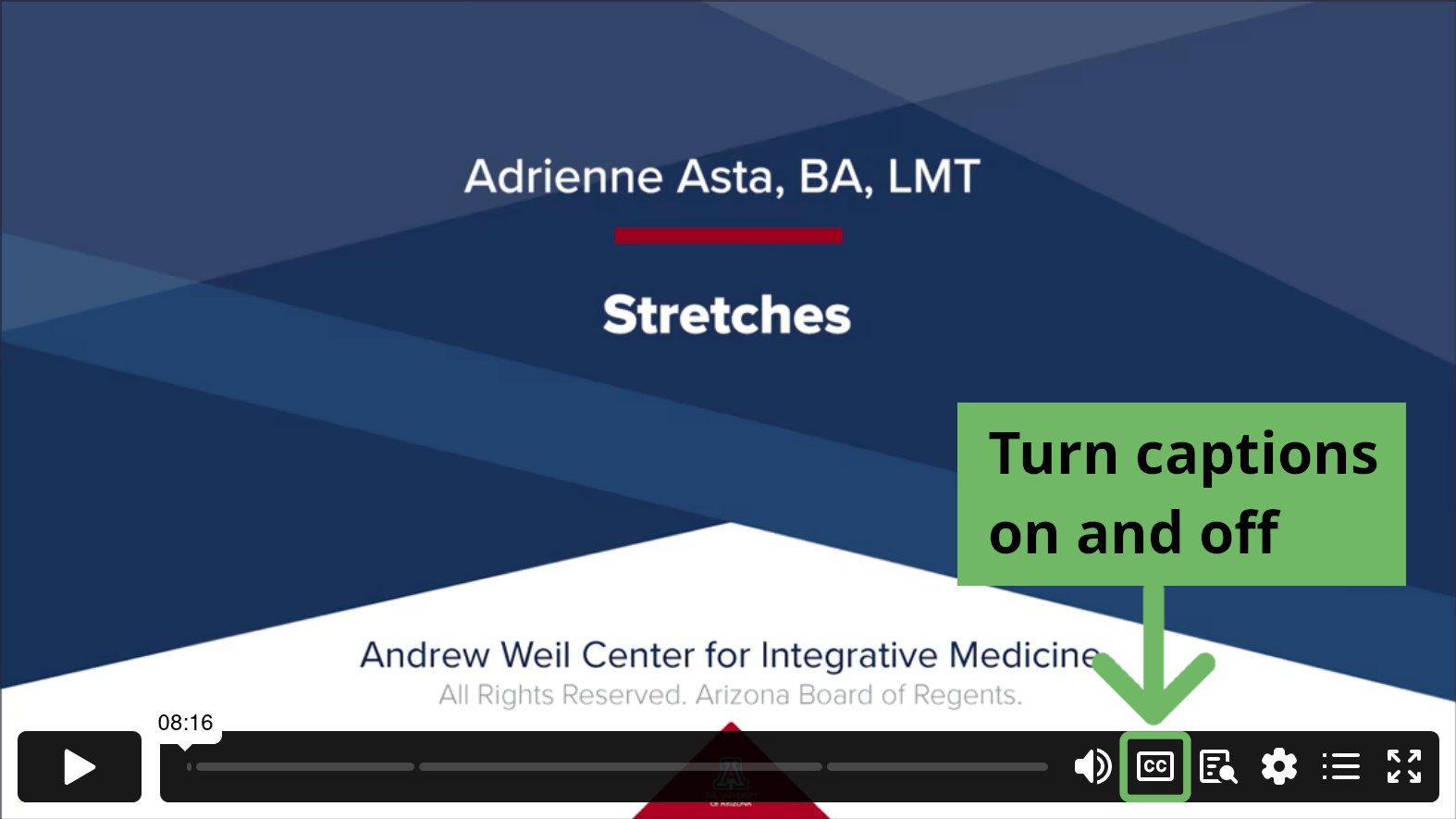Wellness Experience
As you look at the creosote bush, I'd like you to focus on the importance of breath and join me in learning the 4 7 8 breathing technique. It's utterly simple, takes almost no time, requires no equipment, and can be done anywhere. In this exercise you can be in any position, but if you're seated, keep your feet flat on the floor or ground and your back straight.
Begin by placing the tip of your tongue in contact with the ridge of tissue, , just above and behind your front teeth and keep it there during the whole exercise. In this technique, you will breathe in quietly through your nose and exhale forcibly by blowing air out your mouth, making a sound. Exhale.
It helps if you purse your lips out when you do that. So, you will inhale quietly to a count of four, hold your breath for a count of seven, and exhale for a count of eight. Note that exhalation takes twice as long as inhalation. And then you're going to repeat this for a total of four breath cycles. So, I will count for you and do it with you.
You will find that what's most difficult is how long you can comfortably hold your breath. I'll do it at a rate that I think will be comfortable for most people. As you practice this exercise, you can slow the whole thing down. So begin by letting all the air out through your mouth.
Close your mouth in through your nose, one, two, three, four, hold. 1, 2, 3, 4, 5, 6, 7, out, 2, 3, 4, 5, 6, 7, 8, close in, 2, 3, 4, hold, 1, 2, 3, 4, 5, 6, 7, out, 2, 3, 4, 5, 6, 7, 8, close in, 2, 3, 4, hold, 2, 3, 4, 5, 6, 7, out, 2, 3, 4. 5, 6, 7, 8. And one more, in, 2, 3, 4, hold, 2, 3, 4, 5, 6, 7, out, 2, 3, 4, 5, 6, 7, 8. Good. Now just breathe normally and observe any changes that you feel.
Some of you might feel a little light headed doing this for the first time, that's not the goal and will disappear with practice. Some of you may have some sense of relaxation that will become much more powerful as you practice this. Let me emphasize that this is a practice. It's not a one off thing.
This is something you need to do regularly, religiously, at least twice a day, but you can do it more frequently if you want, but never more than four breath cycles at one time. If after a month you're comfortable with it, you can increase to eight breath cycles, and that will be the absolute maximum.
So then the basic practice would be eight breath cycles twice a day. I do this in the morning when I first get up before I do some sitting meditation. I do it in the evening when I get into bed. It will become a wonderful way to help you fall asleep. And after a month or so, you can begin using this for things.
If you feel anxious, if something upsets you, before you react, do this 4 7 8 breathing technique. You'll experience remarkable effects on physiological functions. This lowers blood pressure, lowers heart rate, improves digestion. I know many people have had cold hands all their life, who now have warm hands as a result of doing this.
That is a, an outward sign of activation of the relaxation response. You know, this is the most efficient, time efficient, energy efficient way that I know to activate that response
